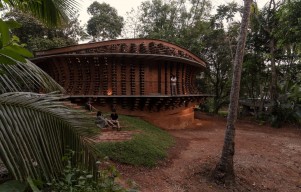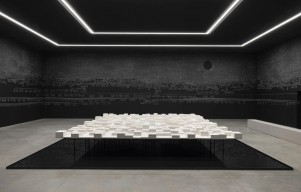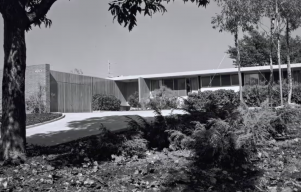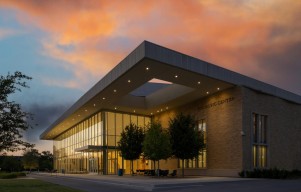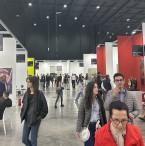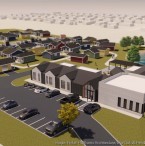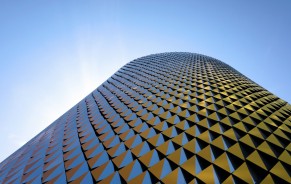In a spectacular instant, Riken Yamamoto, the figurehead of the having and life designs philosophy, has been chosen for the prestigious Pritzker Price - the equivalent of the Nobel Prize in architecture. He is now the third Japanese architect to receive this distinguished award, thereby contributing to Japan's lasting influence on the architecture of the world.
A Surprising Choice for a Socially-Minded Architect
It's almost 79 (Years) old, and his nomination does not look fantastic to everyone. A case in point is his social-driven housing projects and his educational establishments. These are the hallmarks that best describe the programming of the Pritzker Prize for his contemporaries. In a certain statement, jury chair Alejandro Aravena pointed out Yamamoto as the architect who brings dignity to daily life, utilities, and the ordinary is extraordinary.
Community and Integration
It is unlikely that great events could be held unless everyone, especially the leaders, united around the cause and played a role in fundraising or volunteering. He redefined architecture, blurring the distinction between public and private areas and creating spaces that motivate people to be spontaneous. The architecture of Yamamoto extends from apartment blocks designed to facilitate relationships in a neighborhood to skyscrapers with glass walls so that people can connect. This building raises the question of community in the urban lifestyle environment.
Inspired by Tradition, Designed for Modernity
Yamamoto's design philosophy is rooted in his early experiences traveling the world with his mentor. He discovered that traditional societies often revolved around a fluid threshold between private and shared spaces, a concept he sought to reintroduce in modern metropolises. His designs challenge the isolation prevalent in contemporary urban living, advocating for transparency and collaboration.
Architectural Interventions that Inspire Connection
One of Yamamoto's key solutions is housing that encourages interaction among residents and the public. Projects like the Shinonome Canal Court in Tokyo and the Pangyo Housing development in South Korea feature communal spaces and transparent design elements, fostering community and openness. Despite initial reservations, residents embraced these designs, recognizing their potential to create vibrant, shared environments.
Also Read: Marc Goodwin's Photography Journey Through Japan's Creative Architecture Studios
Transparency as a Design Principle Results
Stunning and steadiness are constant factors in Yamamoto's work, as she also explores much-needed public buildings such as fire stations and universities. His works create a chance to open up the public to what previously had been the intimate spaces of the past, resulting in the community coming together by interacting and exchanging views. Yamamoto erases privacy and enables a transformation between private and public spaces, decreasing the despise of excluded communities and steps towards a participatory neighborhood.
Challenges and Future Aspirations
While it is easy to envision Yamamoto's designs offering uncomplicated, efficient solutions to urban challenges, the political and economic realms sometimes complicate things. Zoning laws and developer choices can undermine community-friendly architecture. Write a response about the benefits of online learning from the learner's perspective. In today's digital age, online learning has become a popular and effective way of acquiring knowledge and skills. With e-learning platforms, learners from all corners of the globe can access educational content at their own pace and convenience. In this essay, we will use Yamamoto to promote a paradigm shift among the developers and local authorities regarding the purpose of the community spaces and the integrated living arrangements through consideration and property development.
The World-Renowned Social-Conscience Architecture
Professionals such as Yamamoto's recognition by the Pritzker Prize remind us again that socially engaged architecture influences our resolute approach to urban problems. Linking Yamamoto to his architect predecessors who championed designs in public and civic spheres, his recent work demonstrates the enduring contribution of architecture to society at large.
The recognition of the winner of the Pritzker Prize involves $100,000 as its prize money, along with the bronze medallion, which is intended to showcase their profound humanitarian and constructive qualities in the built environment. His legacy, represented by his unwavering fondness for community, forthrightness, and innovation, won't be forgotten, and he will always inspire architects and urban planners.
Related Article: Who Will Claim the Coveted 2024 Pritzker Prize in Architecture?
